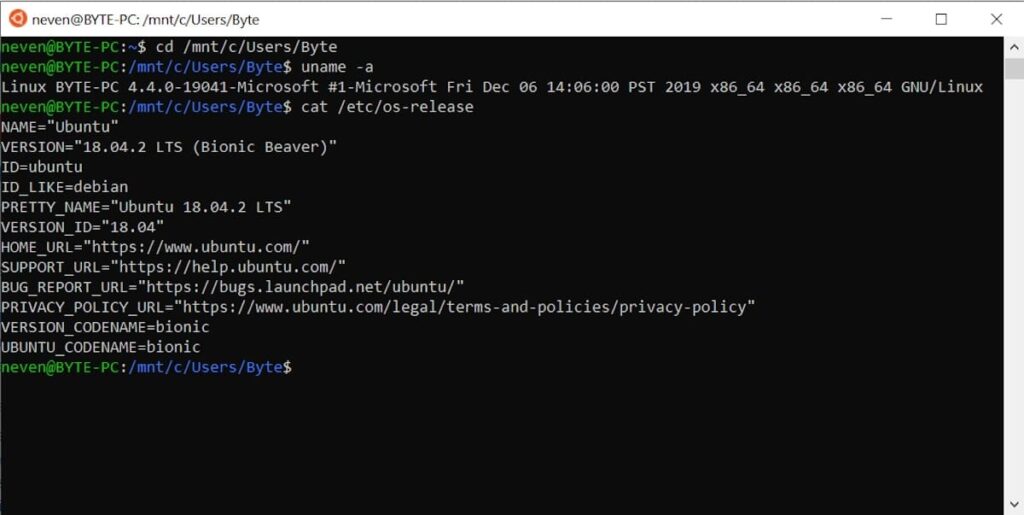The Bash for loop is a control structure that allows you to execute a sequence of commands repeatedly. It is commonly used in automating repetitive tasks, such as processing files, iterating over arrays, and executing commands across multiple servers.
This guide provides practical and advanced examples, including infinite loops, conditional exits, iterating over arrays, command substitution, handling command-line arguments, and more.
Syntax of the Bash For Loop
The basic syntax of a for loop in Bash is:
for VARIABLE in list_of_values
do
command1
command2
commandN
doneCode language: JavaScript (javascript)Example: Iterating Over a List of Numbers
for i in 1 2 3 4 5
do
echo "Iteration number $i"
doneCode language: PHP (php)Example: Iterating Over Files
for file in file1.txt file2.txt file3.txt
do
echo "Processing $file"
doneCode language: PHP (php)Example: Iterating Over Command Output
for user in $(cat users.txt)
do
echo "Creating account for $user"
doneCode language: JavaScript (javascript)Example 1: Printing a Message Multiple Times
The following script prints "Welcome X times" five times:
#!/bin/bash
for i in 1 2 3 4 5
do
echo "Welcome $i times"
doneCode language: PHP (php)Another way to define a range of numbers is using {start..end}:
for i in {1..5}
do
echo "Welcome $i times"
doneCode language: PHP (php)To define an increment step, use {start..end..step}:
for i in {0..10..2}
do
echo "Value: $i"
doneCode language: PHP (php)Expected Output:
Value: 0
Value: 2
Value: 4
Value: 6
Value: 8
Value: 10Code language: HTTP (http)Example 2: Using the seq Command in a For Loop
For older Bash versions (pre-3.0), use seq:
for i in $(seq 1 2 10)
do
echo "Odd number: $i"
doneCode language: JavaScript (javascript)⚠️ Note: Modern Bash versions should use {start..end..step} instead of seq for better efficiency.
Example 3: C-Style For Loop in Bash
A C-style for loop in Bash follows this syntax:
for (( initial; condition; increment ))
do
commands
doneCode language: JavaScript (javascript)Example:
#!/bin/bash
for (( i=1; i<=5; i++ ))
do
echo "Iteration $i"
doneCode language: PHP (php)Expected Output:
Iteration 1
Iteration 2
Iteration 3
Iteration 4
Iteration 5Example 4: Infinite For Loop
A for loop can run indefinitely with empty expressions:
#!/bin/bash
for (( ; ; ))
do
echo "Infinite loop... (Press CTRL+C to stop)"
doneCode language: PHP (php)Example 5: Exiting a For Loop with break
The break command terminates the loop when a specific condition is met:
for i in {1..10}
do
if [ $i -eq 5 ]; then
echo "Exiting loop at iteration $i"
break
fi
echo "Iteration $i"
doneCode language: PHP (php)Expected Output:
Iteration 1
Iteration 2
Iteration 3
Iteration 4
Exiting loop at iteration 5Example 6: Skipping Iterations with continue
The continue command skips the current iteration and proceeds to the next:
for i in {1..10}
do
if [ $(( i % 2 )) -eq 0 ]; then
continue
fi
echo "Odd number: $i"
doneCode language: JavaScript (javascript)Expected Output:
Odd number: 1
Odd number: 3
Odd number: 5
Odd number: 7
Odd number: 9Example 7: Iterating Over an Array
Using a for loop to iterate over an array of server names:
SERVERS=("server1" "server2" "server3")
for server in "${SERVERS[@]}"
do
echo "Connecting to $server..."
ssh root@$server "uptime"
doneCode language: PHP (php)Example 8: Iterating Over a Variable
Storing file names in a variable and looping through them:
FILES="file1.txt file2.txt file3.txt"
for f in $FILES
do
echo "Processing $f"
doneCode language: PHP (php)Example 9: Iterating Over Files in a Directory
This script lists and processes all files in a directory:
for file in /path/to/directory/*
do
echo "Processing $file"
doneExample 10: Command Substitution in a For Loop
Using the output of a command in a loop:
for user in $(cut -d: -f1 /etc/passwd)
do
echo "User: $user"
doneCode language: JavaScript (javascript)Example 11: Iterating Over Command-Line Arguments
Processing arguments passed to the script:
#!/bin/bash
for arg in "$@"
do
echo "Argument: $arg"
doneCode language: PHP (php)Usage Example:
$ ./script.sh one two threeExpected Output:
Argument: one
Argument: two
Argument: threeCode language: HTTP (http)Example 12: Pinging Multiple IPs
This script pings multiple IPs and displays response times:
#!/bin/bash
IPS="8.8.8.8 8.8.4.4 9.9.9.9 1.1.1.1"
for ip in $IPS
do
ping -c 4 "$ip"
doneCode language: PHP (php)Summary
- The for loop automates repetitive tasks by iterating over lists, files, or command outputs.
- You can define number ranges using
{start..end..step}. - Infinite loops can be created using
for ((;;)). - The loop can exit early using
breakor skip iterations usingcontinue. - Useful for processing files, executing commands remotely, and iterating over command-line arguments.
Further Reading
For more Bash scripting insights, explore the following resources:
You can also access Bash documentation from your terminal:
man bash
help for
help continue
help breakCode language: JavaScript (javascript)










